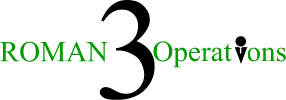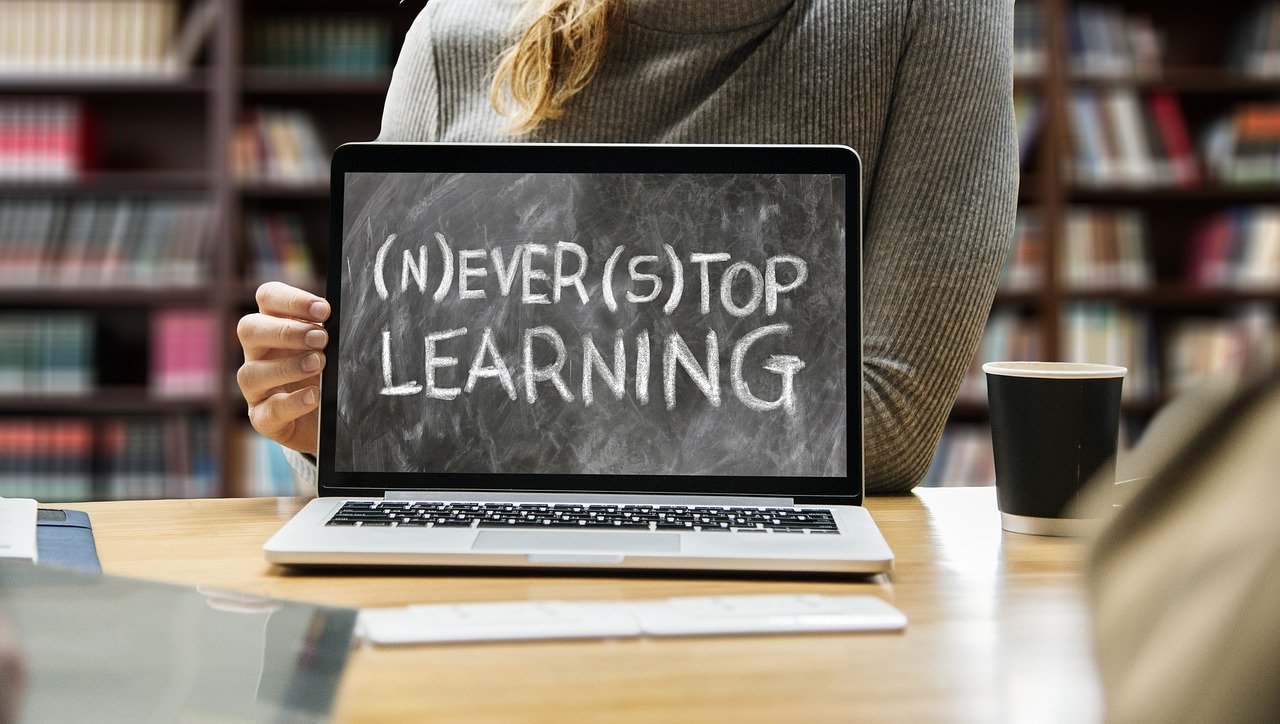Have you thought lately about your teaching methods?
How many times have we sat in professional development workshops or post secondary lectures and thought to ourselves, “Well, this is a waste of my time!”? Likely more than you care to count. On the other hand, if you’re a trainer/instructor/educator, how many times have you wondered after a class or workshop, “Did any of that sink in?”
There are all kinds of factors that influence how meaningful and engaging training is for learners. These include the charisma of the instructor, content knowledge, motivation of the learner and method of curriculum delivery. For the purposes of this article, I’m going to focus on the latter. While I can’t influence your charisma (at least not in a single article), and it’s up to you to do your homework to increase your content knowledge, I can offer some insight into engaging learners through the right method of teaching.
A little about me
You might ask why I feel like I am the right person to talk about effective curriculum methods. It’s a fair question. I have spent years working with the most diverse populations imaginable: PhD’s to high school dropouts, people who’ve never left their community to recent immigrants, former high-level managers to recent graduates, and students facing significant barriers like mental illness, poverty and learning difficulties. All in the same classroom! (Welcome to the wonders of community education.) To prepare for this challenge, I completed a Master’s degree in Adult Education, focusing on teaching “unteachable topics to hard to teach populations”. Yeah, I love a challenge!
Understanding how learners learn
If you’re like most of the trainers I know, you go to class with a PowerPoint presentation, explain the information on the slides, occasionally get everyone to brainstorm in groups, then share the results of the group work. Does some or all of that sound about right? Well, depending on what you’re trying to achieve, this could be effective, but odds are it really isn’t. Let’s see if we can fix that.
The first thing you need to ask yourself is whether you really understand different kinds of learning. In training, there are three common approaches learners use in acquiring new information:
Rote or Informational Learning: Memorizing or creating an understanding of information.
Reflective Learning: Using critical reflection to challenge past thinking or behaviour
Experiential Learning: Experiencing the learning first hand.
Let’s look at these a little more closely.
Rote or Informational Learning: While not the most engaging method, rote or informational learning is the best choice for content-heavy material such as safety training, policies or procedures workshops, explaining results of studies, etc. The learner needs content of this type to be laid out logically and explained to them, in the hope of adding to their understanding of the topic being covered. If adding to understanding is the reason for the training, then this is a very practical method.
This is best done using examples to provide a context for adding new information, using metaphors or similes to give people something to link to in their current understanding to which they can add this new piece of knowledge. In the classroom, this often looks like PowerPoint lectures, reading from text or articles, and a training method using steps or procedures.
Reflective Learning: This is all about looking inward and challenging your thoughts, feeling, and biases: the point is to spark transformation. The learner is given the perspective needed to not only see that they can change, but that they want to change. The key is to tie the new perspective to the learner’s personal experience. The goal is not necessarily to add knowledge, but rather to change thinking.
This approach is appropriate for topics like harassment or sensitivity training, health and wellness, marketing approaches, reaching customers, etc. Reflective learning is best achieved by really pushing people to think objectively about topics. This can be done using examples and stories from life to give people the perspective of another person, or by using exaggerated descriptions of everyday norms to put them in a new light. You are trying to give the learner the gift of perspective. In the classroom, this might involve group discussions, instructors promoting an idea or perspective, analyzing material for deeper meaning or context, or collaborative development of ideas.
Experiential Learning: Experiential Learning is best used when you are trying to build competency, skill, or familiarity with a particular method or system. The focus here is to be hands deep in the learning while the skills are being developed in real time. Experiential learning is appropriate for task mastery, skill development, building familiarity with a new process, and problem solving scenarios. This is best done in partnership with rote and reflective learning. This learning often starts with the delivery of information about a process or procedure, after which learners are given an increasingly difficult task or activity to incorporate or practice the information. This creates an experience where learners can integrate new learning into existing knowledge. In the classroom, this may involve training scenarios for a new method or process, group problem solving activities that incorporate the actual tools or materials that the learner will be working with, and instructors pushing learners to try and make mistakes.
Think about what you want the learner to learn before choosing a method
Understanding these three methods can allow for far more engagement and meaningful training experiences. The trick is to ask yourself what you are trying to accomplish with this training. Are you looking to add knowledge, challenge past thinking, or develop skills? Once you’re clear on your teaching goals, you can decide on the best approach to take with your students. Teaching to your strengths is comfortable, and teaching for the needs of the learner is commendable. But without understanding the best approaches to use for the material you want to deliver, no one is likely to get the most from your training–especially you.
Roman 3 is an advising and solutions firm that specializes in inspiring progressive action, creating a culture of innovation, and assisting organizations in implementing transformative change. We help you build capacity, collaborate, be progressive, and grow to your full potential. For more information on our services and support check us out at www.roman3.ca

